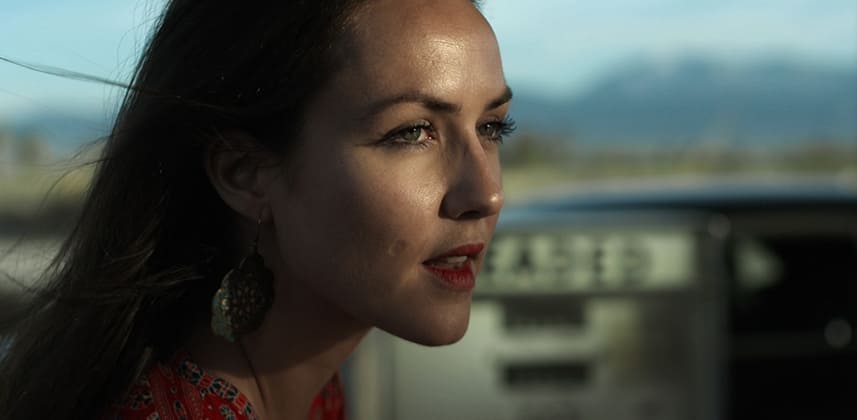| Series |
|---|
How I Decide How To Make My First Move When Setting Contrast
In recent months I’ve been trying to question each step of my grading process to ensure it was the best it could be.
An interesting point I have discovered is how quickly I used to dive into making my first primary contrast adjustment.
I almost didn’t think about it and just had a dive in and hope for the best approach.
In recent times I’ve tried to refine this thought process and ask what am I trying to achieve.
It now comes down to one question to get the ball rolling.
Am I trying to make it look better or look different?
Better Or Different?
It’s a simple question but has quite a lot of weight.
If I am trying to enhance the look that is in the footage I now try to only reduce values such as midtones, lift etc..
If I am trying to change the look that is in the footage I normally end up adding new values into the footage like color wheel adjustments and lifting gain and contrast.
It’s a lot easier to show you so let’s jump into my video insight below to find out more.
If you’ve got any questions, be sure to leave a comment!
-Dan
Member Content
Sorry... the rest of this content is for members only. You'll need to login or Join Now to continue (we hope you do!).
Need more information about our memberships? Click to learn more.
Membership optionsMember Login


